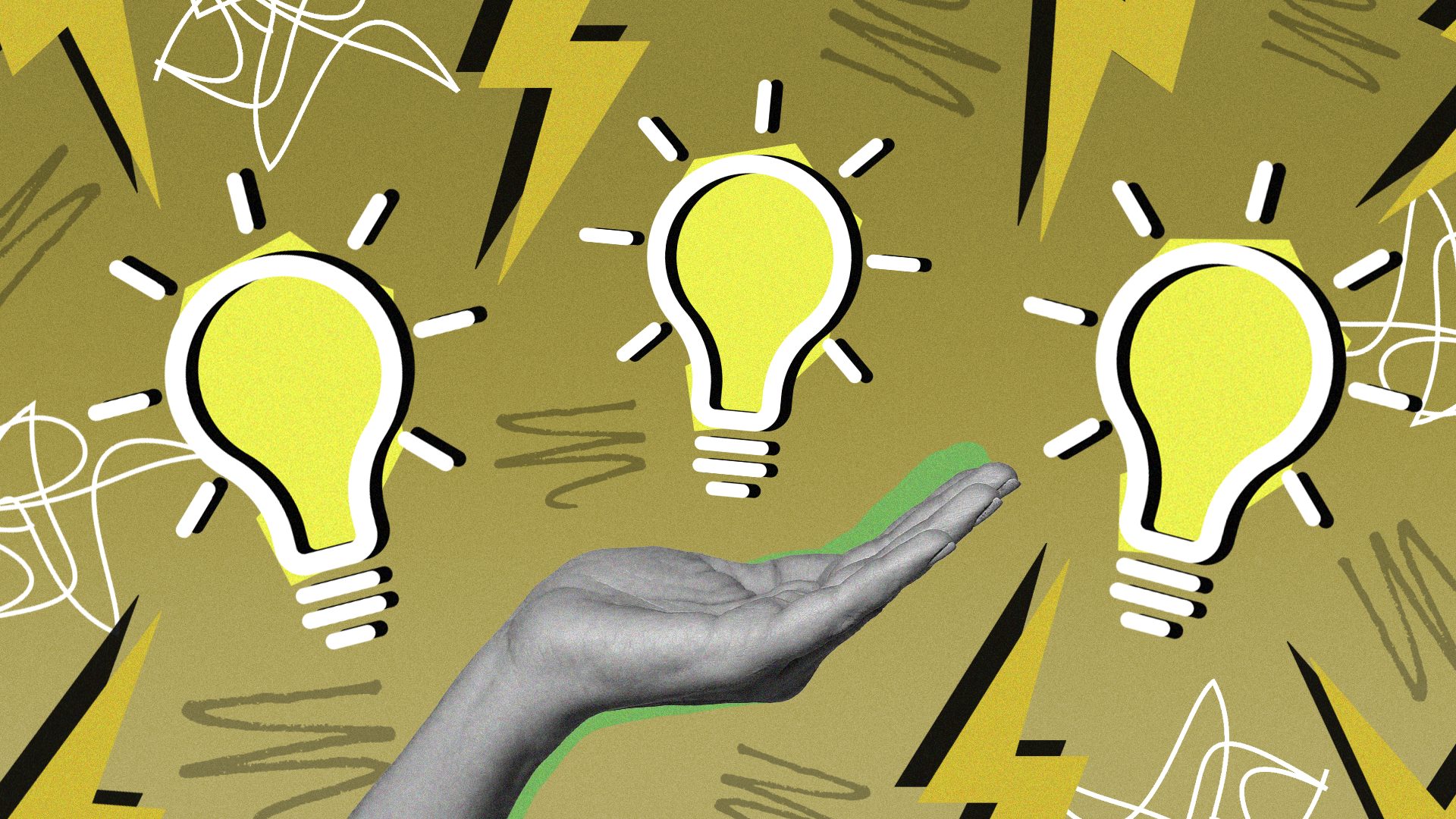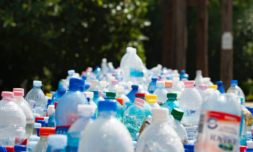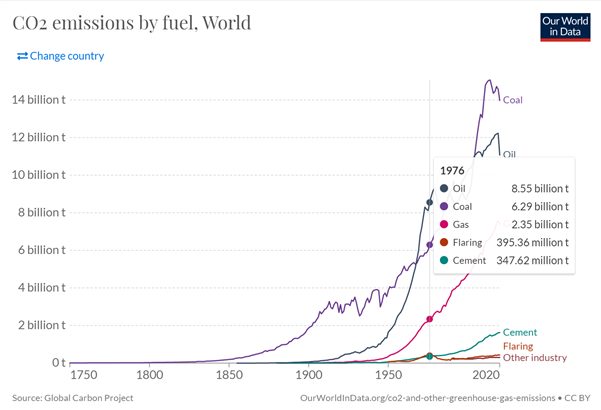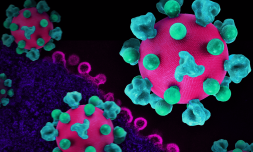Responsible for 76% of global greenhouse gas emissions, reliance on fossil fuels is our #1 climate mitigation problem. So what are we going to do about it?
Reducing greenhouse gas emissions to limit warming to 1.5C won’t be possible without a global transition to a clean energy world.
The good news is we already know how to do this. Hence, at this stage, it’s a matter of having the political will to make the change and do so in a just and equitable way that minimises damage to the environment and communities that rely on the fossil fuel industry.
Using less energy is not an option for most of the world as energy and access to electricity play a critical role in development. Fortunately, there are alternatives to the carbon-intensive fossil fuels we rely on today.
Renewable energy like wind & solar and hydropower, as well as nuclear, innovation, and improvements to energy storage are the future, and the latest pledges made at COP26 are a vital step in the right direction, reflecting the importance of these climate solutions.
What should a clean energy world look like?
When it comes to clean energy, thankfully, we have quite a few options at our disposal.
Solar and wind power, for example, are both cheap and abundant sources of energy. In fact, the sun hits the Earth with more energy than the world uses in a year and is now as cheap as fossil fuels.
But the effectiveness of wind and solar varies from country to country and isn’t reliable on windless nights. To tackle this issue, we also need to be able to store energy. Energy storage can come in the form of compressed air, pumped hydro, batteries, etc. However, many of these options are not economically viable or accessible.
In light of this, we can turn to other options such as hydropower and nuclear energy. Hydropower is both cheap and reliable, but there aren’t enough mountains and rivers for the world to rely entirely on it, and although building new nuclear plants may be expensive and we have to address the issue of nuclear waste, it is very much a safe and clean source of energy.
https://www.youtube.com/watch?v=mT6HckyhPWI&ab_channel=COP26
There is still, of course, significant room for innovation, such as with energy storage, nuclear fusion, efficiency, and hydrogen, and there are thousands of people working on these solutions today. Many were present at COP26, discussing recent breakthroughs and how to best incorporate each of these clean energy solutions into their country’s energy mix.





















